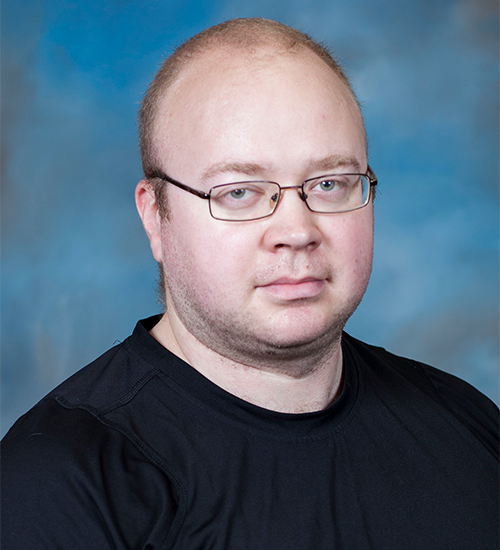| Presented by the Computational NeuroEngineering Lab (CNEL) |
|---|
“An Hierarchical Bayesian Spatio-Temporal Model for Multi-Pathogen Transmission of Hand, Foot, and Mouth Disease”
Wednesday, March 31 at 3:00pm
Join Via Zoom
Email communications@ece.ufl.edu for passcode
ABSTRACT
Mathematical modeling of infectious diseases plays an important role in the development and evaluation of intervention plans. These plans, such as the development of vaccines, are usually pathogen-specific, but laboratory confirmation of all pathogen-specific infections is rarely available. If an epidemic is a consequence of co-circulation of several pathogens, it is desirable to jointly model these pathogens in order to study the transmissibility of the disease. Our work is motivated by the hand, foot and mouth disease (HFMD) surveillance data in China. We build a hierarchical Bayesian multi-pathogen model by using a latent process to link the disease counts and the lab test data. Our model explicitly accounts for spatio-temporal disease patterns. The inference is carried out by an MCMC algorithm. We study operating characteristics of the algorithm on simulated data and apply it to the HFMD in China data set.
Biography
Dr. Nikolay Bliznyuk is an associate professor of statistics at the University of Florida, with appointments in the Departments of Agricultural & Biological Engineering (main), Biostatistics and Statistics (affiliate/courtesy). He earned his doctoral degree in operations research & information engineering from Cornell University, concentrating in computational statistics. Prior to joining UF, he held a postdoctoral researcher appointment in Biostatistics at the Harvard University and a research assistant professorship in statistics at Texas A&M University. His research has four tightly intertwined themes:
- hierarchical Bayesian modeling strategies
- spatio-temporal modeling
- computationally expensive inverse problems (also known as Bayesian calibration of computer models)
- methodology and applications of statistical (machine) learning
